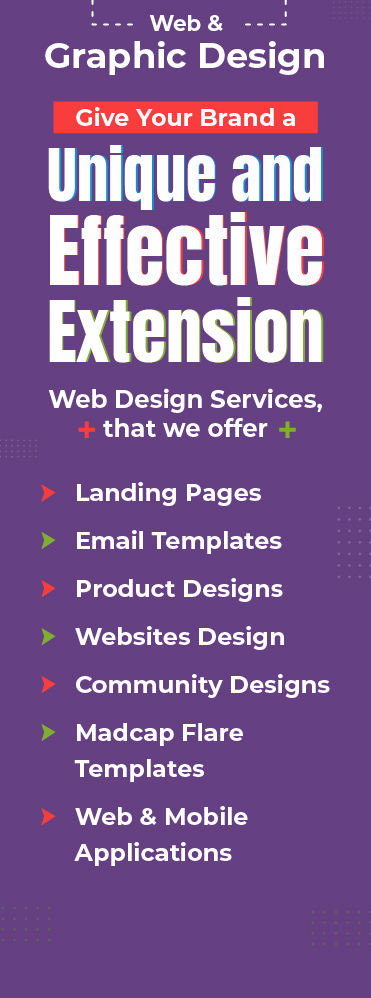Humans are emotionally complex and are constantly driven by emotions in daily lives. Additionally, emotional designs are all the rage when we talk about the UX community.
A great design can tap into a person’s emotions and do a lot more than just respond to their stated needs to deliver an outstanding user experience.

They are present at all levels of evolution in our species. Emotions are part of the survival process. Our responses to different triggers, situations, and environmental changes are all supported with the right emotion.
Let’s try to understand this with an example of the most commonly used device today—a smartphone. A single individual experiences a wide range of emotions with just one device.
We react in a certain way to different stimuli related to our phone. For example:
- When waiting for a call we experience the emotion of anticipation
- When we are not expecting a call from a person and their name appears on the screen, we can feel surprised or afraid or even suspicious
- When receiving messages from your loved ones, you feel joy
Every time we feel an emotion, our body and senses are affected and this impacts our decisions as well.
Environmental factors can also impact an individual’s emotional response
While some are fond of sunny weather, others hate it and while you might enjoy the snowfall, the person next to you might dread it.
And that is the reason why emotion is critical to the design.
A person’s perception can play a major role in how they welcome a design. Their cognition about a product’s design is based on emotion.
Therefore, in order to create accurate and effective designs, designers need to understand the target audience’s needs, empathize with them and try to see what impression a particular web page or product will have on their users.
Believe it or not, first impressions matter and a lot of them are formed by a user’s emotional state.
Emotional states are constantly changing based on stimulus and are subject to change based on external factors.

Every product is designed to produce some kind of emotion. Be it like, dislike, joy, or disappointment.
The design should encourage the user to engage with your brand and learn more about your product. A response from the user is an emotion and UX designers should constantly strive to create designs that induce some kind of positive effect.
The idea is to give tangible designs to the customers that define the product in accordance with their perception.
For example, we are all fond of horror movies. With the evolution of technology and new tools to add after effects, we can create the scariest and gruesome content that induces fear in the minds of the audience.
The anticipation, combined with set designs and intense music create an environment that naturally induces fear and fulfills the audience’s desire to feeling fear while watching the movie.
It is true that most of the emotional responses are a direct result of a person’s current situation, but when it comes to designs, they have the capability of changing the way the brain functions.
Negative experiences in the past can narrow down a person’s thought process to negative emotions. So, if your app, website or product is badly designed and is not able to perform up to their expectations, then there is a good chance that the user will just leave.
For example, a person visited an eCommerce website and despite their functional layout decided to pay in advance for their order. However, that person got cheated and received a substandard product. This incident reinforced the thought that a badly designed website equals bad products.
Your designs should represent the level of your products and services and inculcate a positive thought in the mind of the user.

Your strategy should revolve around designing for the overall human experience and cater to different emotions.
Don’t be shy to do some research and test the product to cover any emotional gaps in the product. User testing helps you to identify the pain points and designers can cope up with any potential frustrating scenarios before the product is launched.
A designer should perceive the user’s emotions and build designs to eliminate any behavioral frustrations that they might experience.
You can play with different graphics, fonts, colors, and experiment with different design elements. This will help you create a design that leaves a positive emotional impression on the target audience.
Make your micro-interactions and screen transformation seamless and give a unique personality to your website and products. Use links and action buttons smartly and describe your product’s strategy effectively through your designs.
To Wrap Up
Emotional states keep changing and emotions occur naturally. It is up to the designers to understand the effect their product designs can create.
You should strive to develop new designs that can improve the user experience and elicit positive emotions when users engage with the brand.
With constant improvement in technology, it is not enough to create functional and feature-rich designs. The need of the hour is to understand the customer’s motivation and identify their behavior patterns.
Focus your efforts on translating the understanding into effective and elegant emotional designs and see how they play a pivotal role in enhancing the overall customer experience leading to your brand’s growth.
Want to create some outstanding designs for your business? Let’s talk.











